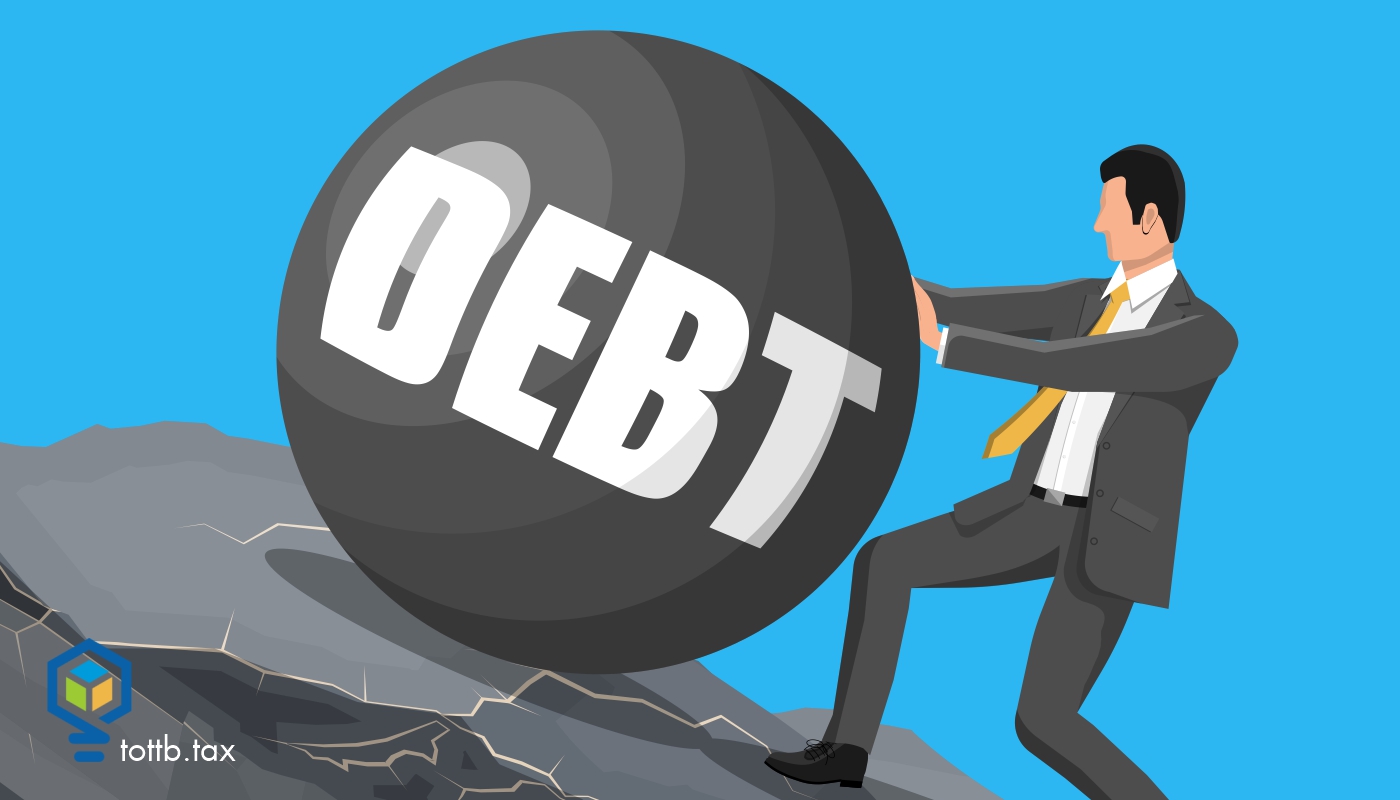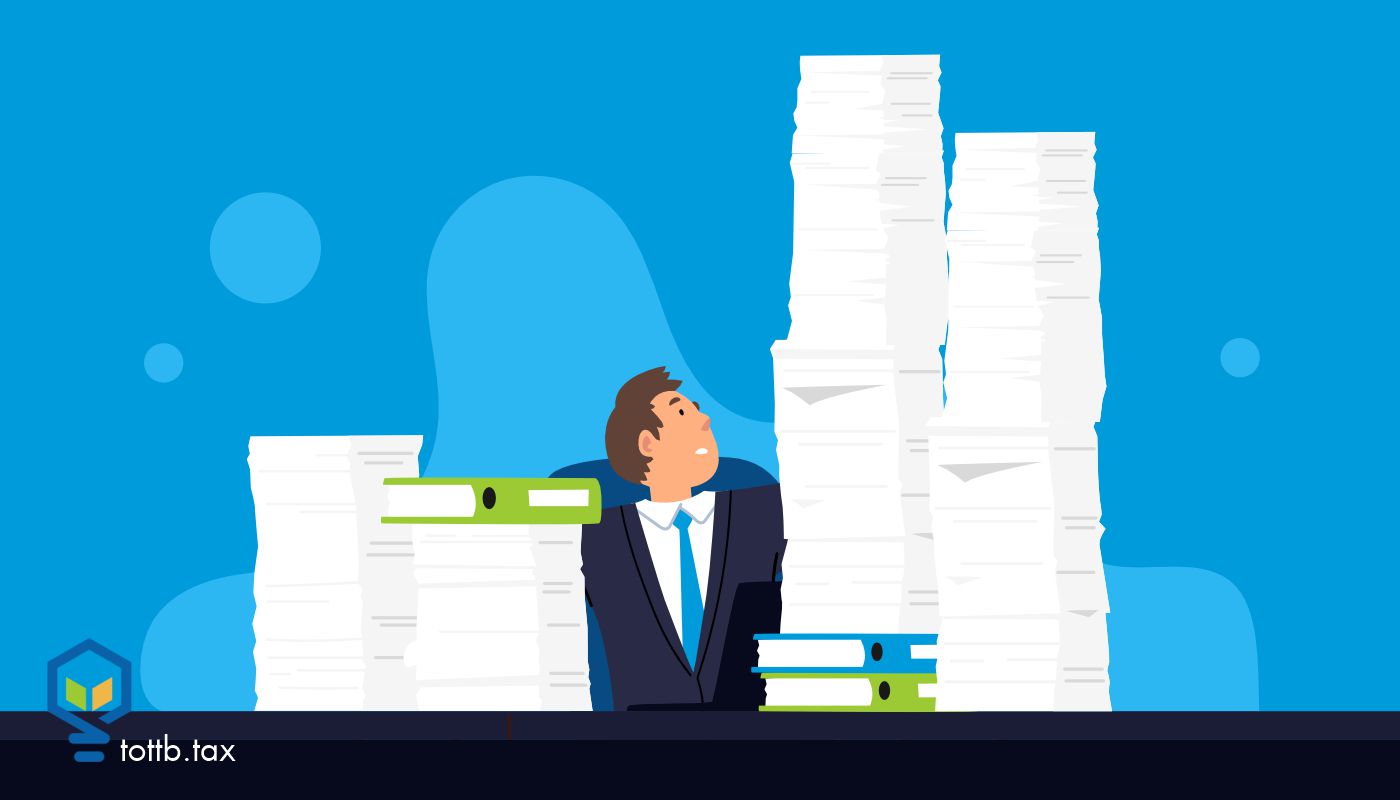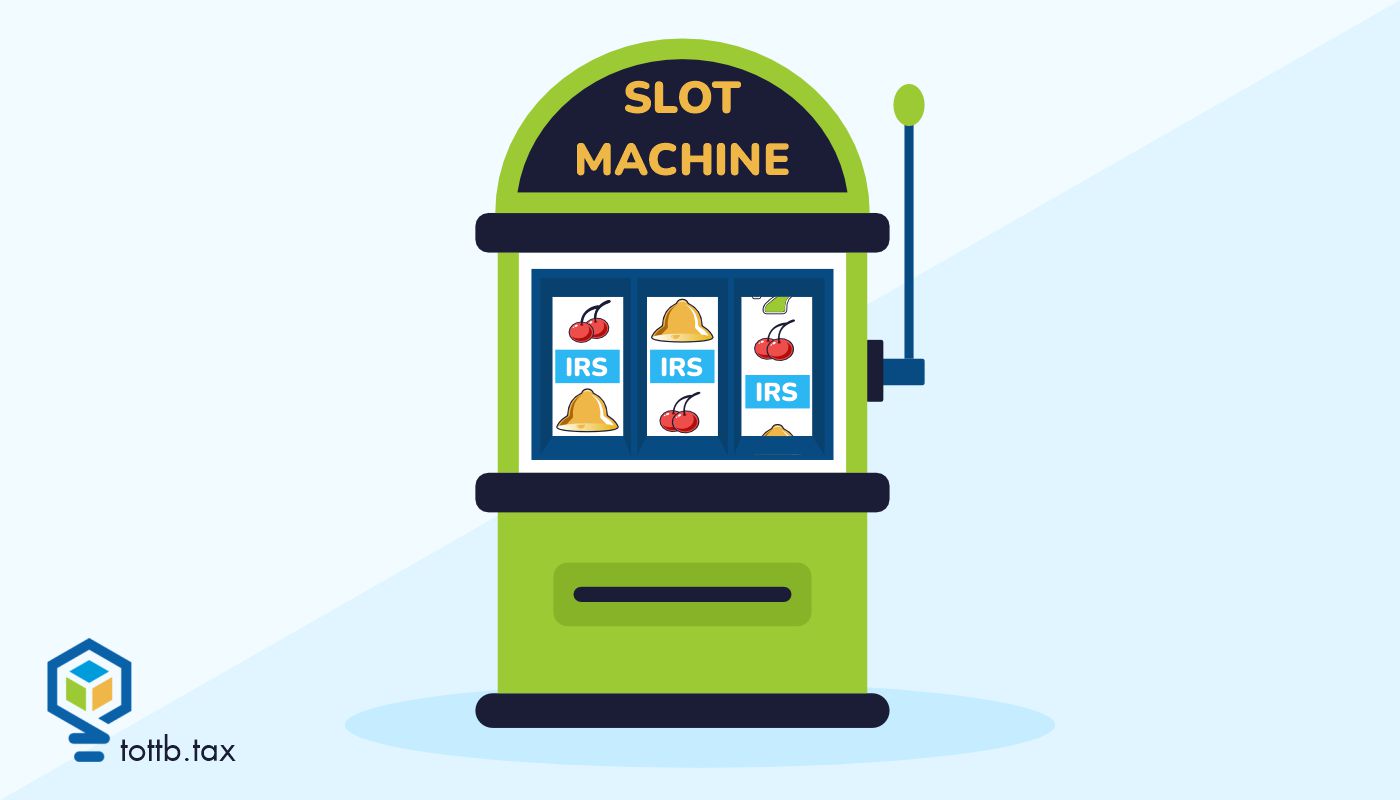The only thing scarier than owing Uncle Sam a lot in taxes is being unable to pay the bill. Luckily, the Internal Revenue Service has ways for you to whittle what you owe. Just make sure which method works for you, depending on such factors as the size of your tax debt and what you can afford to pay and when. Don’t panic. Here’s how individual taxpayers can proceed – and what to watch out for.

Qualified Opportunity Zones After the One Big Beautiful Bill Act: What’s Changed and What It Means for Real Estate Investors
On July 4, 2025, the One Big Beautiful Bill Act (OBBBA) became law, representing the most significant reform of the QOZ program since its inception. It made the program permanent, tightened eligibility rules, introduced a rural-focused investment vehicle, and imposed robust reporting requirements. For tax professionals and investors, understanding these changes isn’t just about compliance – it’s also about strategy.






